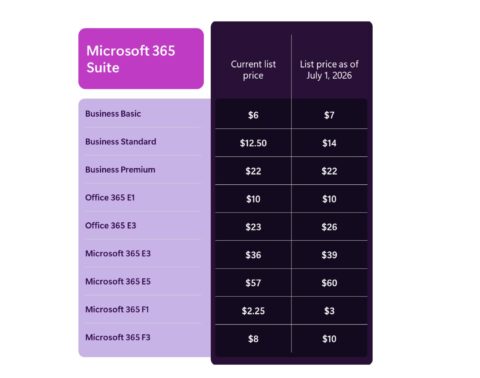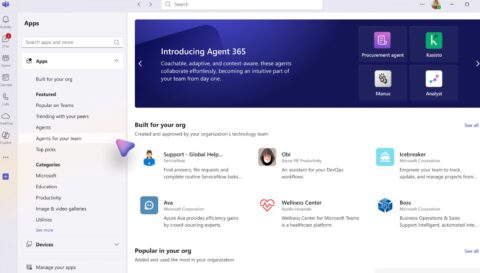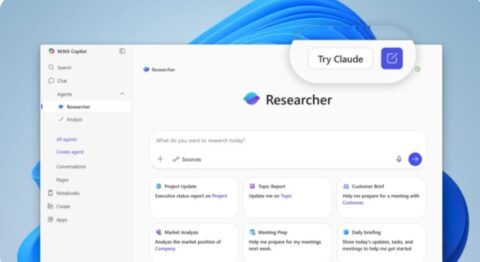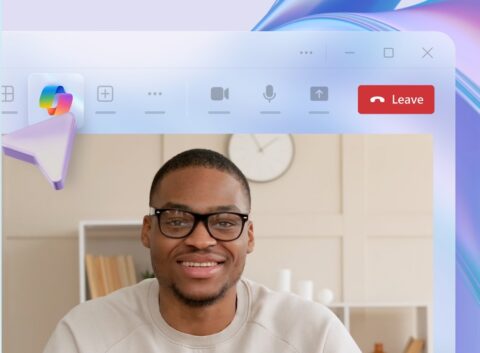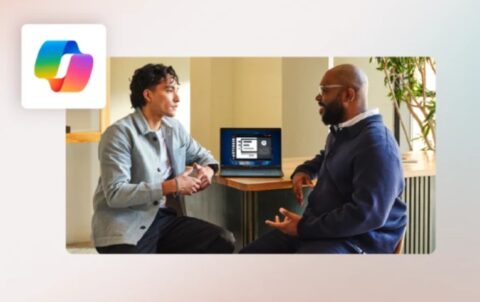Updated: April 24, 2025 (April 24, 2025)
BlogBusting Four of the Biggest Microsoft Support Myths

Microsoft announced Unified Support, the replacement for its long-standing Premier Support program, in 2017. As of July 2022, Microsoft no longer offered Premier Support agreements for renewing commercial customers and as of July 2024, no longer for renewing public sector customers. (Some of these public sector customers still could be covered under Premier contracts through at least 2027, technically.)
Microsoft moved to its new Unified Enterprise Support plan in 2020. Unified Enterprise plans allow customers to choose from a menu of options around assessments, 24X7 technical support, case-management, and mission-critical services. But pricing for this menu of offerings isn’t per hour; instead, it is priced on a percentage-based model tied to customers’ overall Microsoft spending. The minimum contract price is $50,000 and rates start at 8% to 10% of customers’ annual Microsoft IT spend.
Many customers have complained about the high cost of Microsoft’s Unified Support. They’ve also publicly questioned Microsoft’s support quality, timeliness and more since Unified Support’s introduction.
What Can a Customer Do?
Many customers are confused about when and if they should seek out alternatives to Microsoft Unified Support. To that end, we’ve worked with one of the largest third-party Microsoft support vendors, US Cloud, * to assemble a list of some of the biggest myths around Microsoft support that we hear and see from enterprises.
Myth No. 1: Microsoft is your only option.
A surprising number of enterprises default to Microsoft when it comes to support – either because they don’t realize there are some excellent alternative qualified support vendors or because they are still in the “Nobody Gets Fired for Buying Microsoft” mode. Customers do have support options, and your support bill will likely be a lot less (as will your resolution times).
Myth No. 2: Microsoft Unified support is the safest support option.
Enterprises who are licensed for many Microsoft products often assume the most reliable and least risky option for support for those products would be Microsoft. But that assumption isn’t true. Good third-party support vendors employ Microsoft-certified product specialists and have channels for escalating issues directly to Microsoft if and when needed. The situation is not so different from how consumers often choose to buy extended support contracts from their preferred appliance store providers rather than the appliance manufacturers. Doing so can lead to faster, better, more customized support.
Myth No. 3: Microsoft does all its own support, making Unified Support the superior choice.
Unsurprisingly, Microsoft doesn’t go out of its way to acknowledge that it outsources a considerable share of Microsoft Unified Support to external vendors and contractors. As a result, there’s often little or no continuity for customers when it comes to working with the same support engineers across multiple engagements. Sometimes Microsoft’s contracted support people are located in different countries and time zones, which can make coordination and data residency requirements challenging. Don’t assume because it’s called “Microsoft Unified Support” that your support is coming directly from Microsoft or that it will be delivered in a unified way.
Myth No. 4: Enterprise customers are best served by renewing their Enterprise Agreements (EAs) and support contracts together.
Microsoft often encourages enterprises to renew their Enterprise Agreements and Unified Support contracts at the same time. Via this “coterminous contract” approach, Microsoft advocates for customers to bundle both agreements into their next renewal or risk losing a deal next time around. However, this practice of aligning termination dates actually results in customers having one less opportunity to negotiate terms in their favor. What looks like a customer convenience actually is more like a way for Microsoft to lock you into a deal that favors Microsoft.
*Directions on Microsoft has a business relationship with US Cloud via which we recommend our customers interested in third-party support engage with US Cloud during their Unified Support agreement negotiations.
Related Resources
Podcast: Microsoft Support: You’ve Got More Options Than You Think
From 2022: Premier Support Completes Transition to Unified Support (Directions members only)

